How to tell a better story?
Ansel Adams once said, “There are always two people in every picture: the photographer and the viewer.” So then the question is, as photographers what can we do to tell a good story that makes our viewers stop, look at the picture and wish it was them that was captured in a beautiful moment like that. Well, it took me a ton of experience to be even able to answer this question. One, because this extends beyond just getting the pretty pictures, this takes a lot of skill and pre-visualizing to get it right. Two, even though they say “a picture speaks a thousand words,” we are essentially just freezing moments that depict a small part of a bigger story and yet we need to make it meaningful enough.
Sounds complicated? Well, let me make it easier for you by handing down some tips that I gathered through my years of experience on how to tell a better story.
1) The Story is in the details
Take for example my “A day in the life..” sessions. I capture all the details, from the little ones brushing their teeth to them showing me their go-to hangout spots, their favorite toys, their night-time routine, etc. All these details speak volumes about the little ones, on who they are, their favorites, and the like. The same applies to event photography. Apart from the posed photos, I am always on the look-out to capture something more. Like candid images of friends reunion moments, children having their little parties, parents setting up the place, etc., because it’s the details that create the big picture.

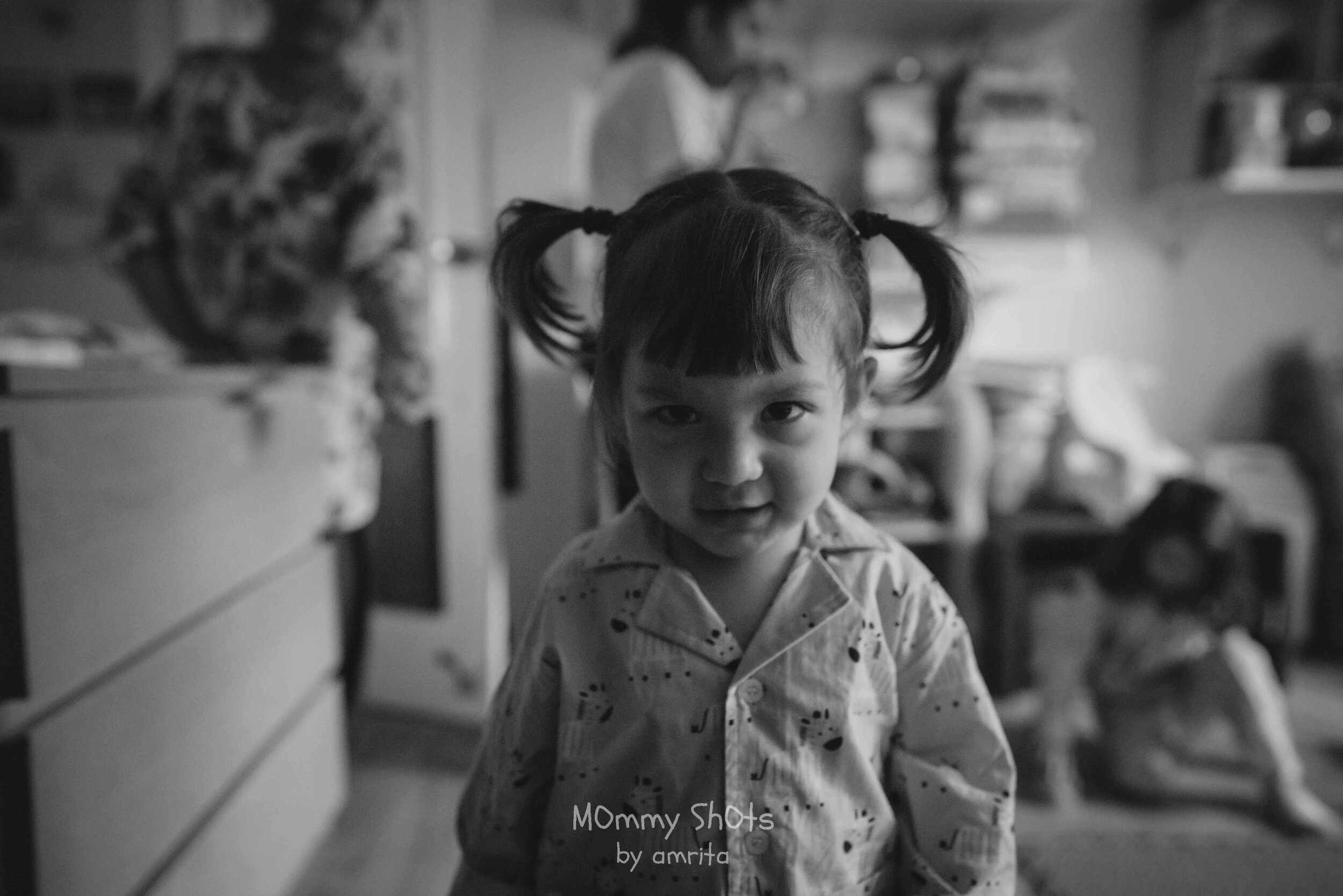
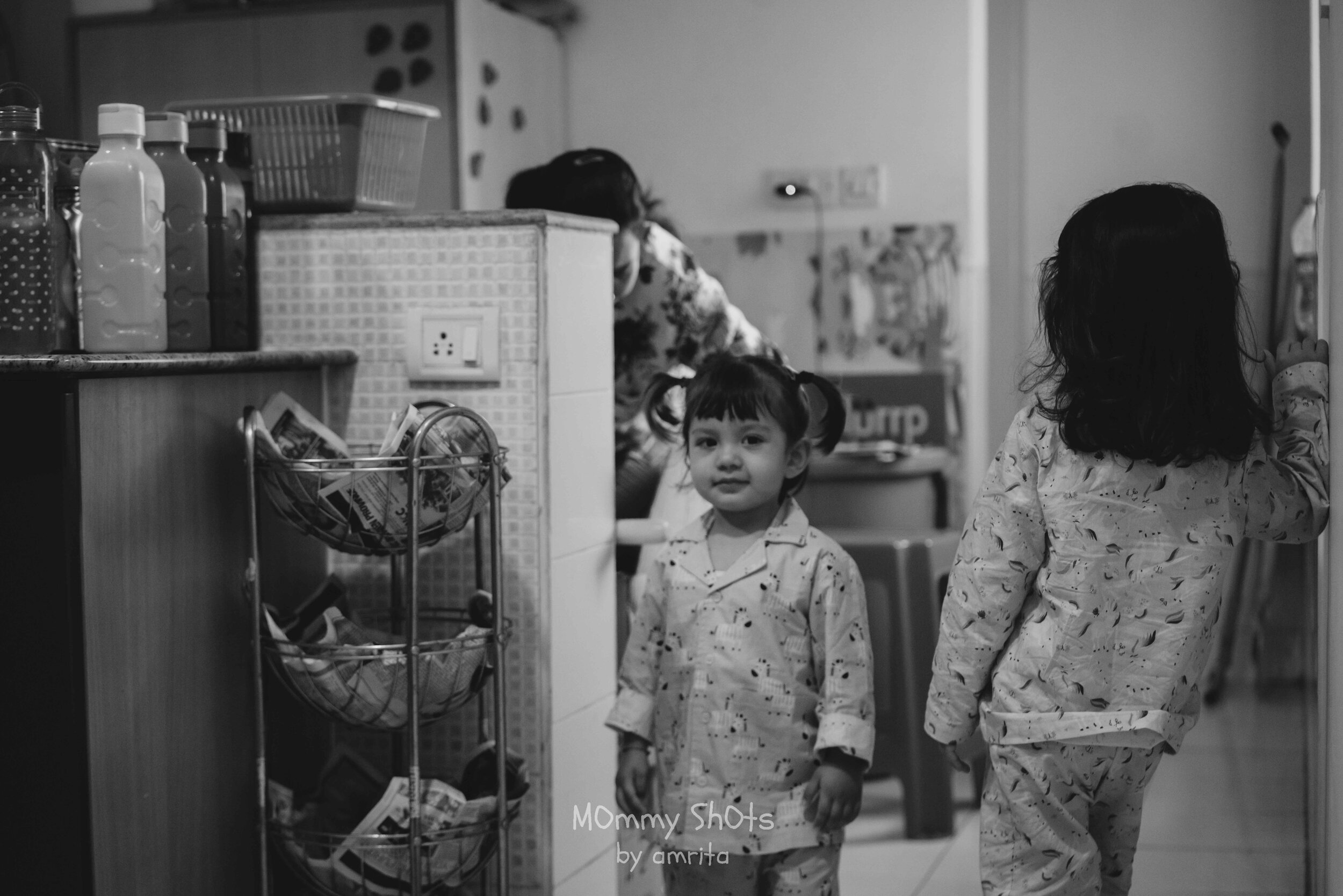
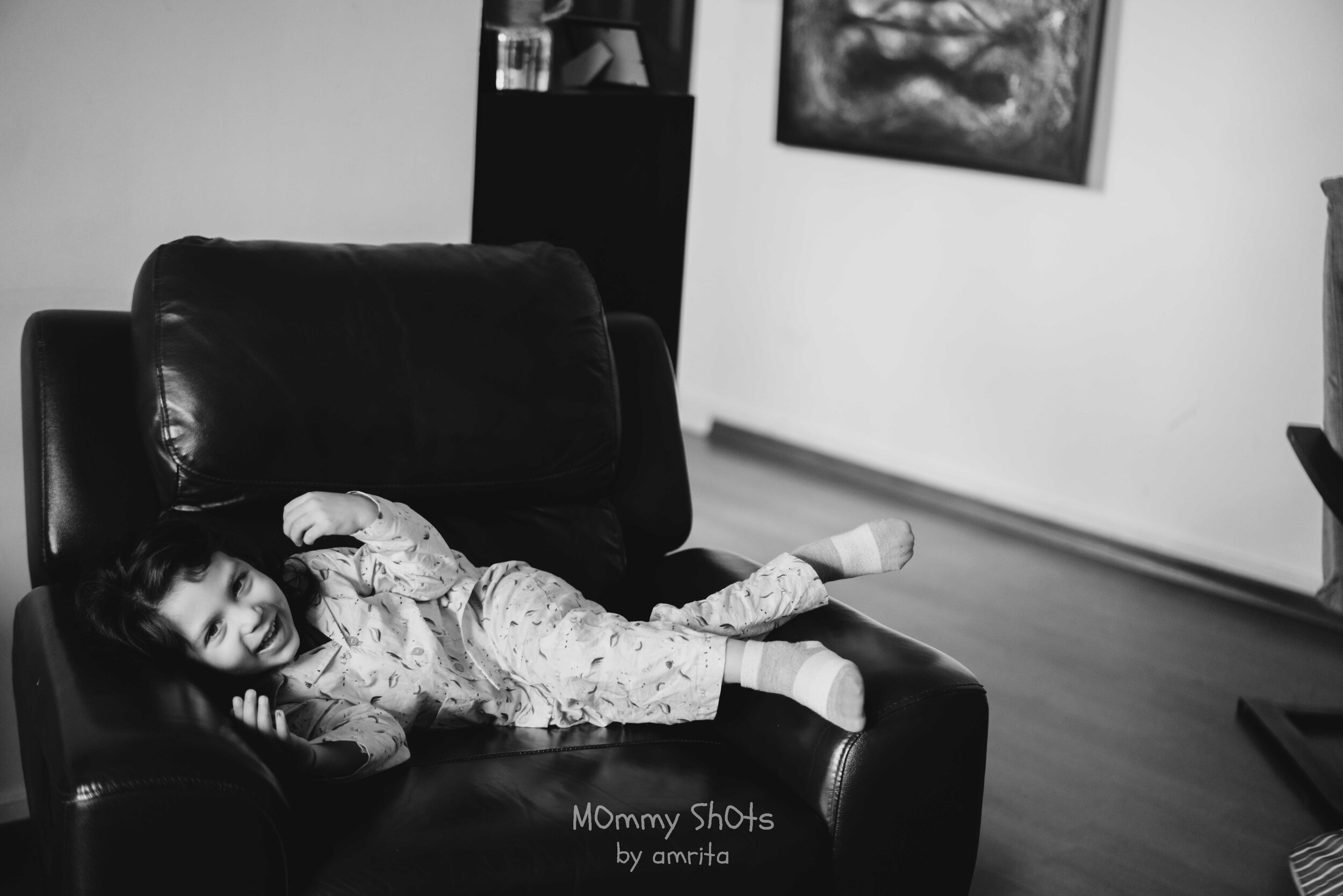
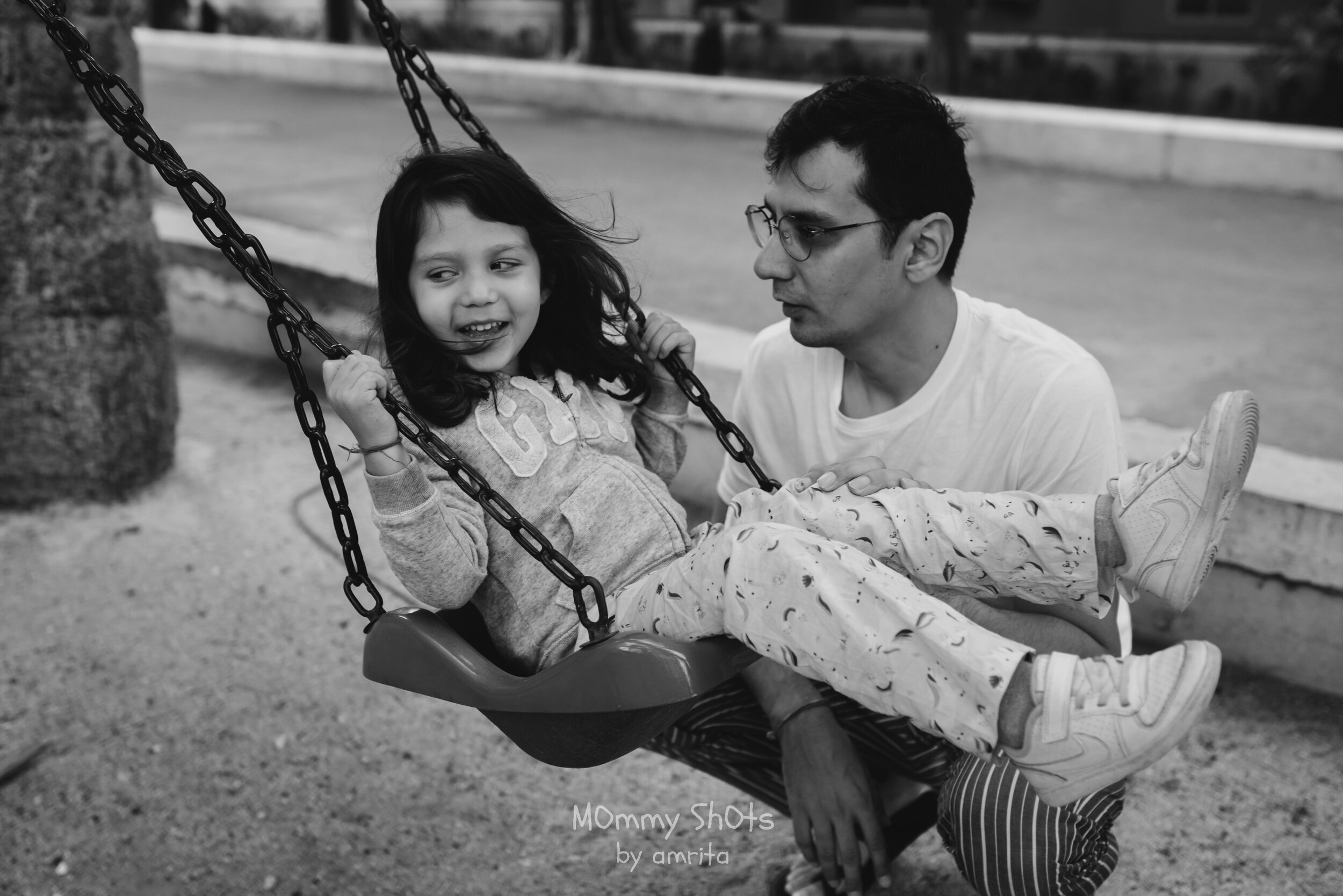
2) Each angle has it’s own story
Step away from the usual compositional rules like the rule of thirds, golden crop, etc. Explore and have fun but only after you have taken all the safe and requested shots. Go wild and try angles you have never tried before. It’s just like different perspectives, with each a story of its own. Likewise, each angle exhibits a different story.
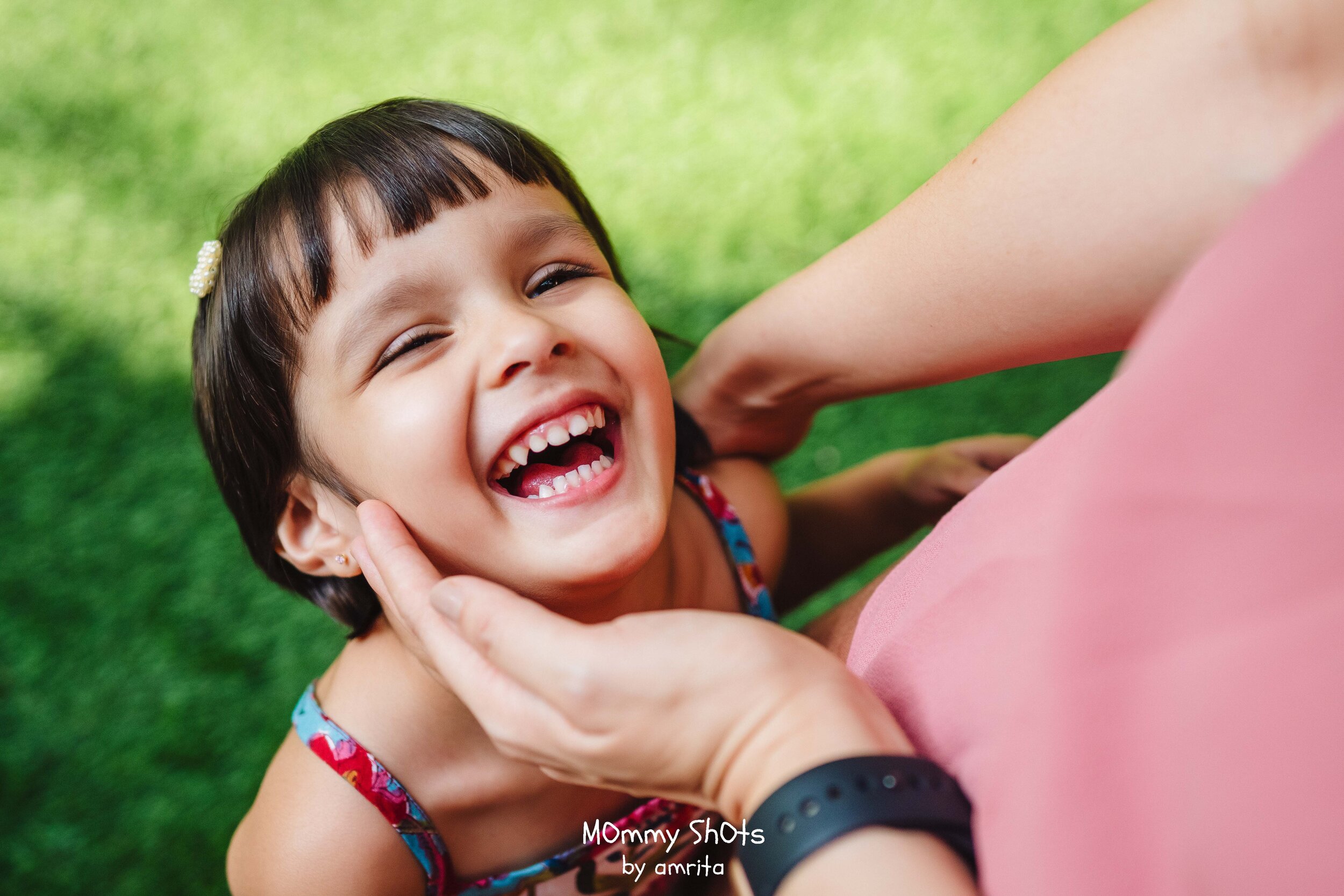
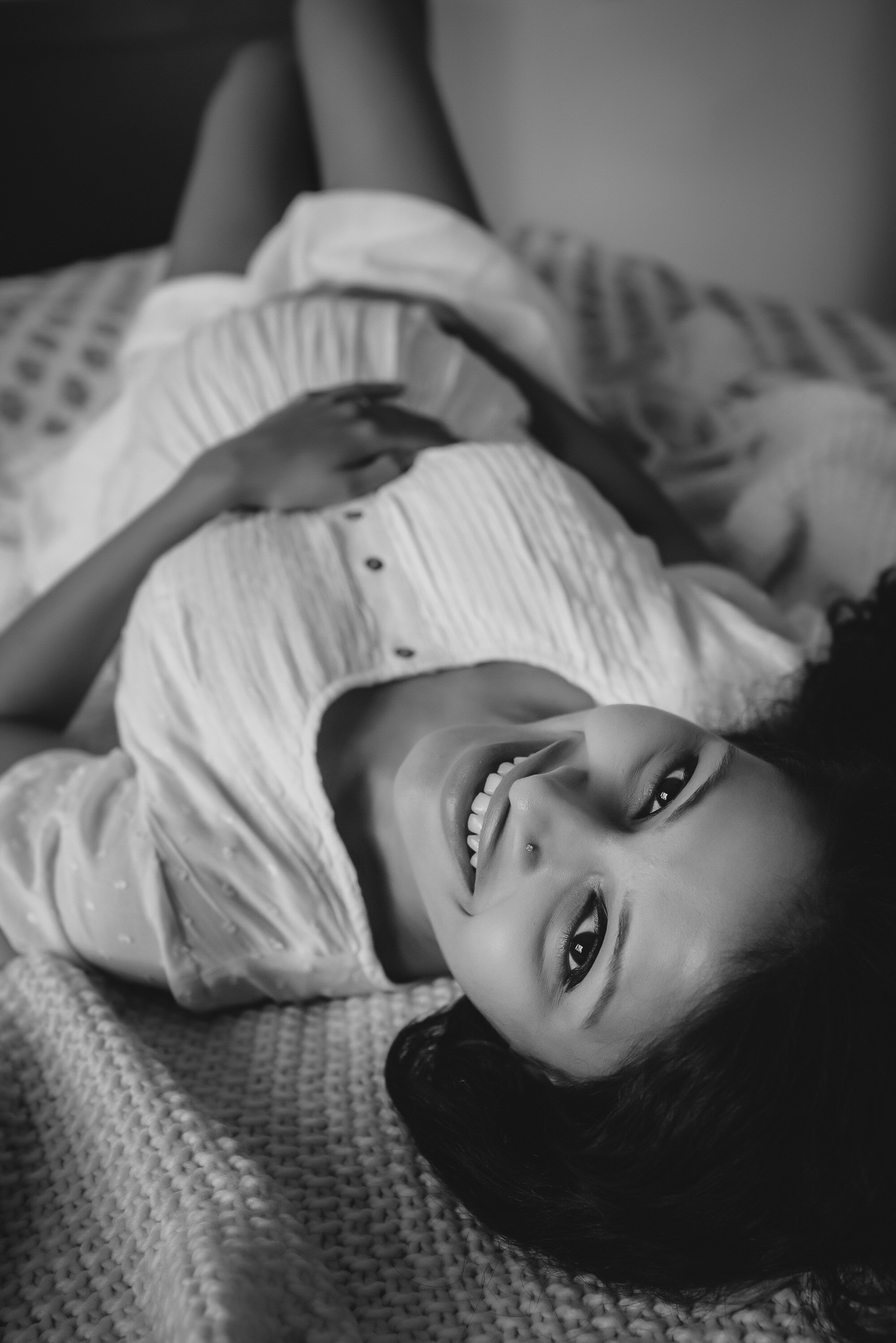
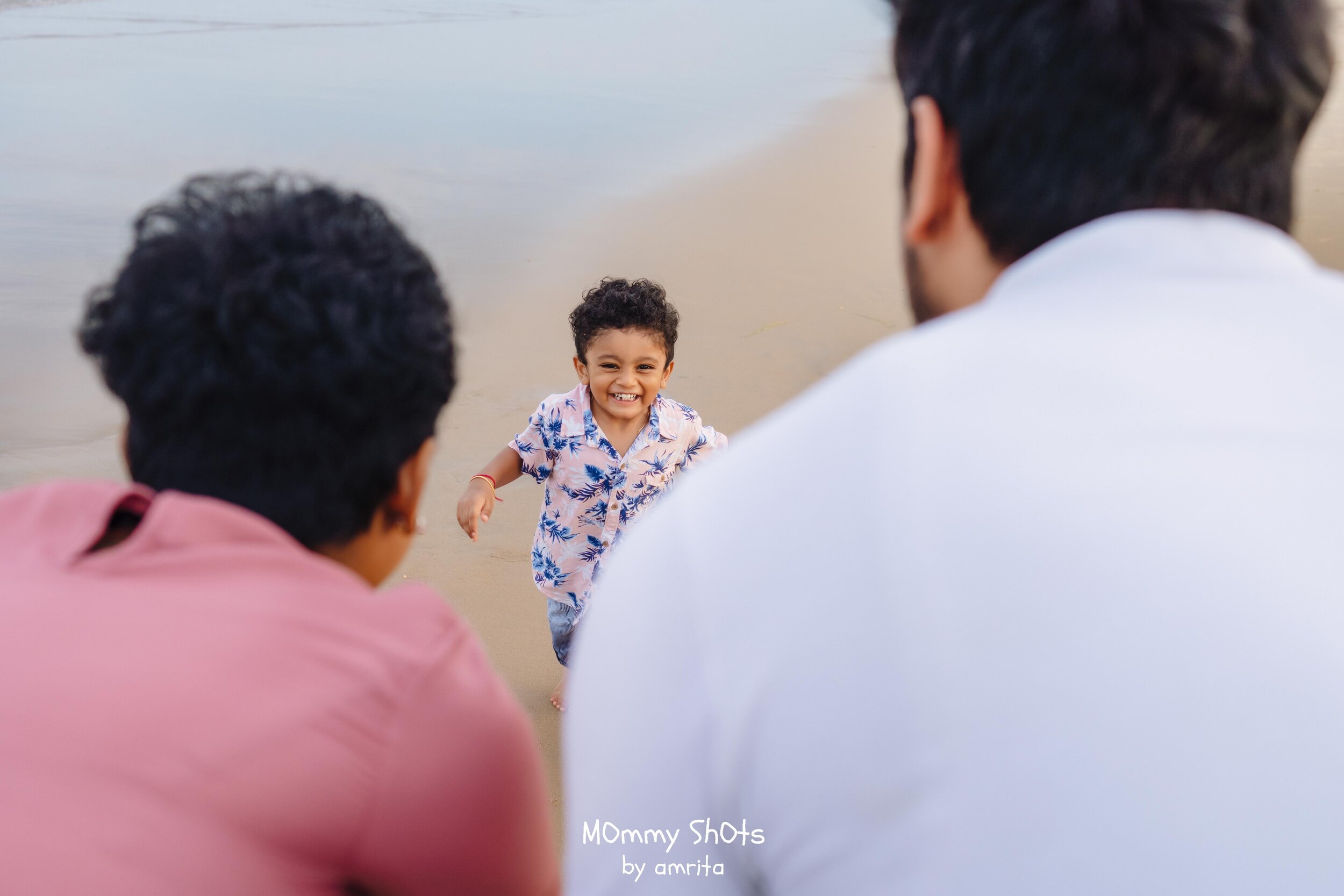

3) Learn how to avoid
Sounds weird? Well, as weird as it sounds, this is very important. As a photographer, you have to consciously decide what you need to include and exclude from your frame. It’s similar to the concept of Mise-en-scene. Every element is there to convey a message, to add to the aesthetics value of the picture. You can even add in the child’s favorite toy in an interesting way, as shown below. However, there are times where not everything is within our control, whereby we don’t have the liberty to move things around. That’s when you start playing around with your angles or your depth of field, especially when shooting outdoors. In times of confusion, keep it simple. Fair enough?
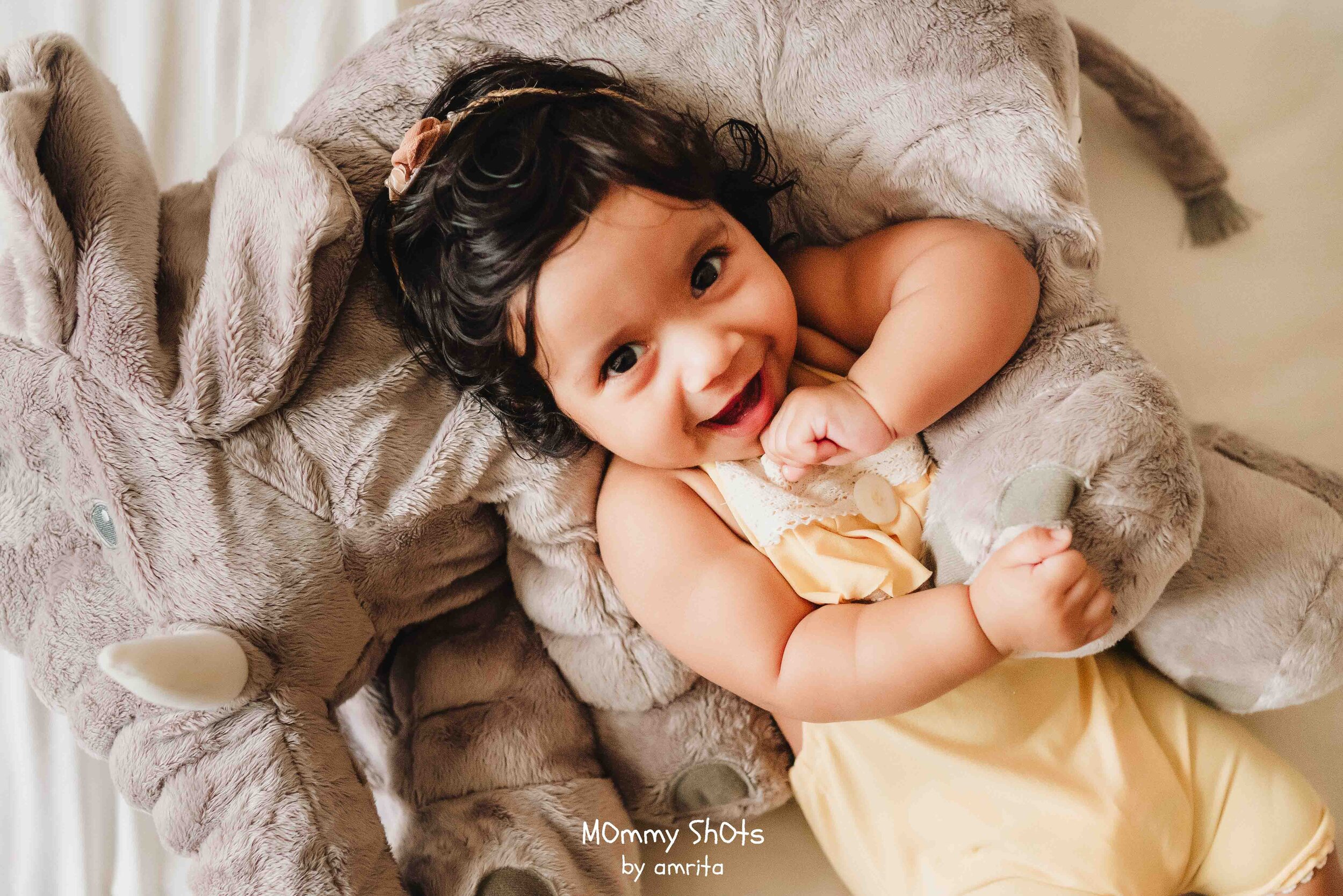
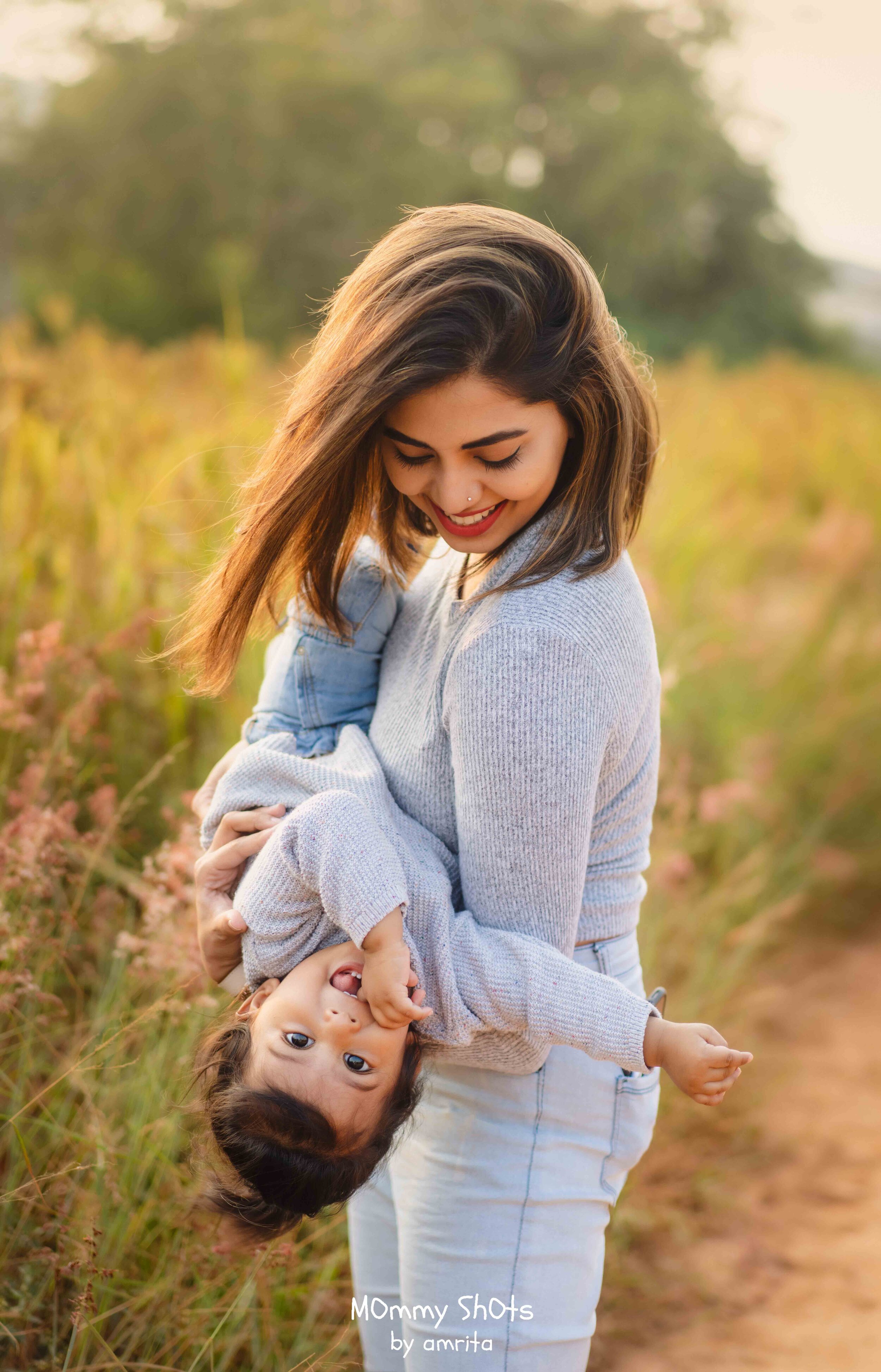
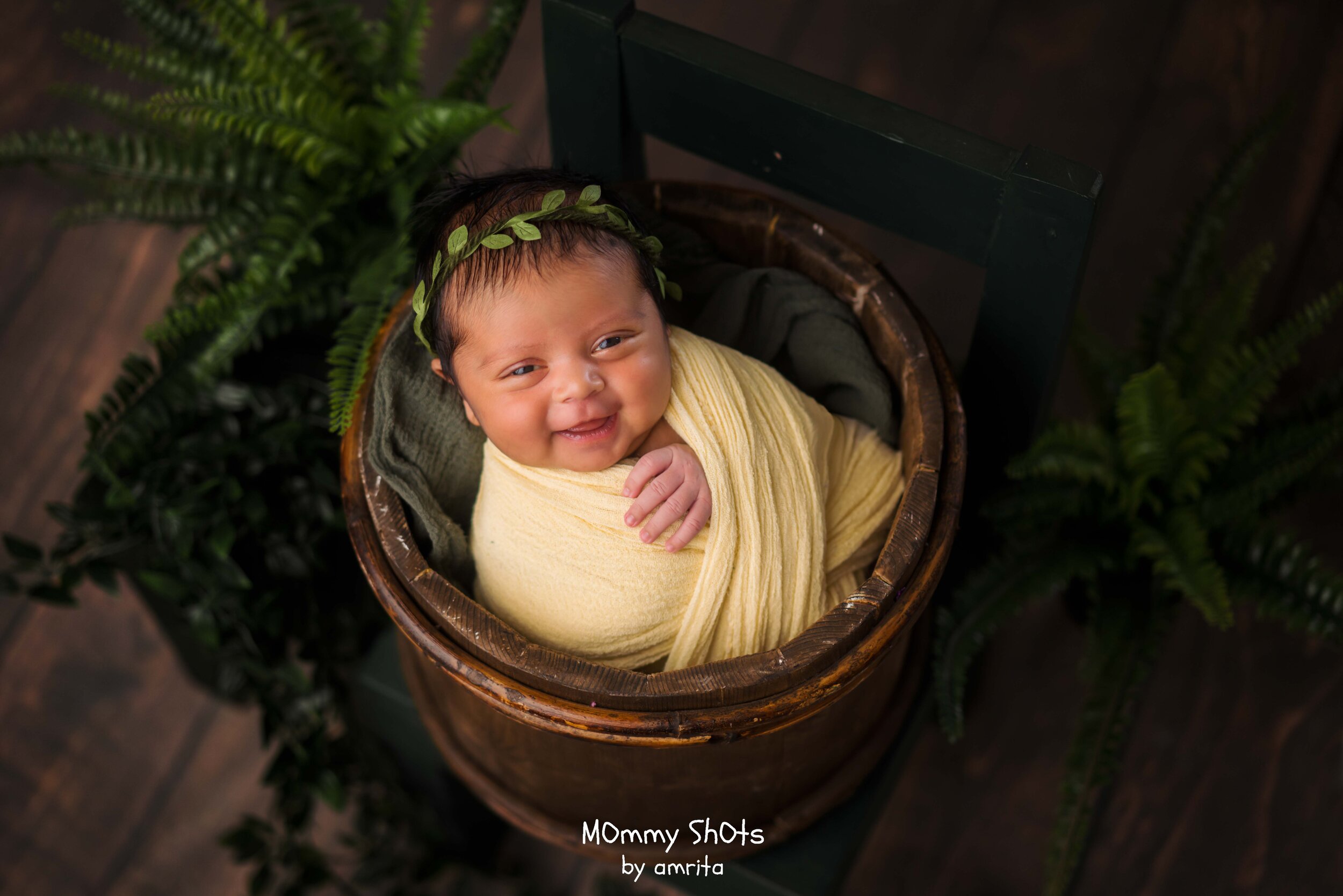
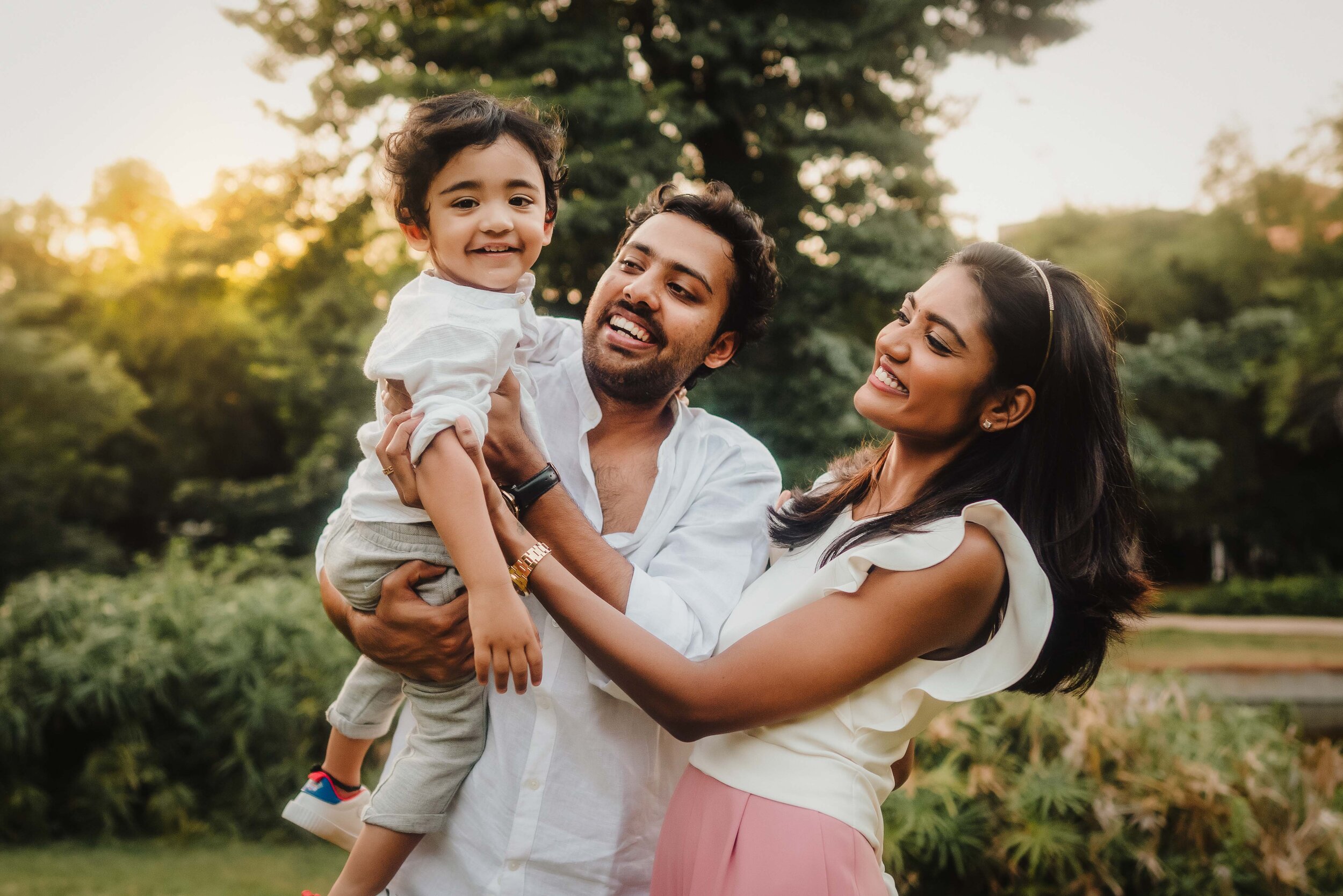
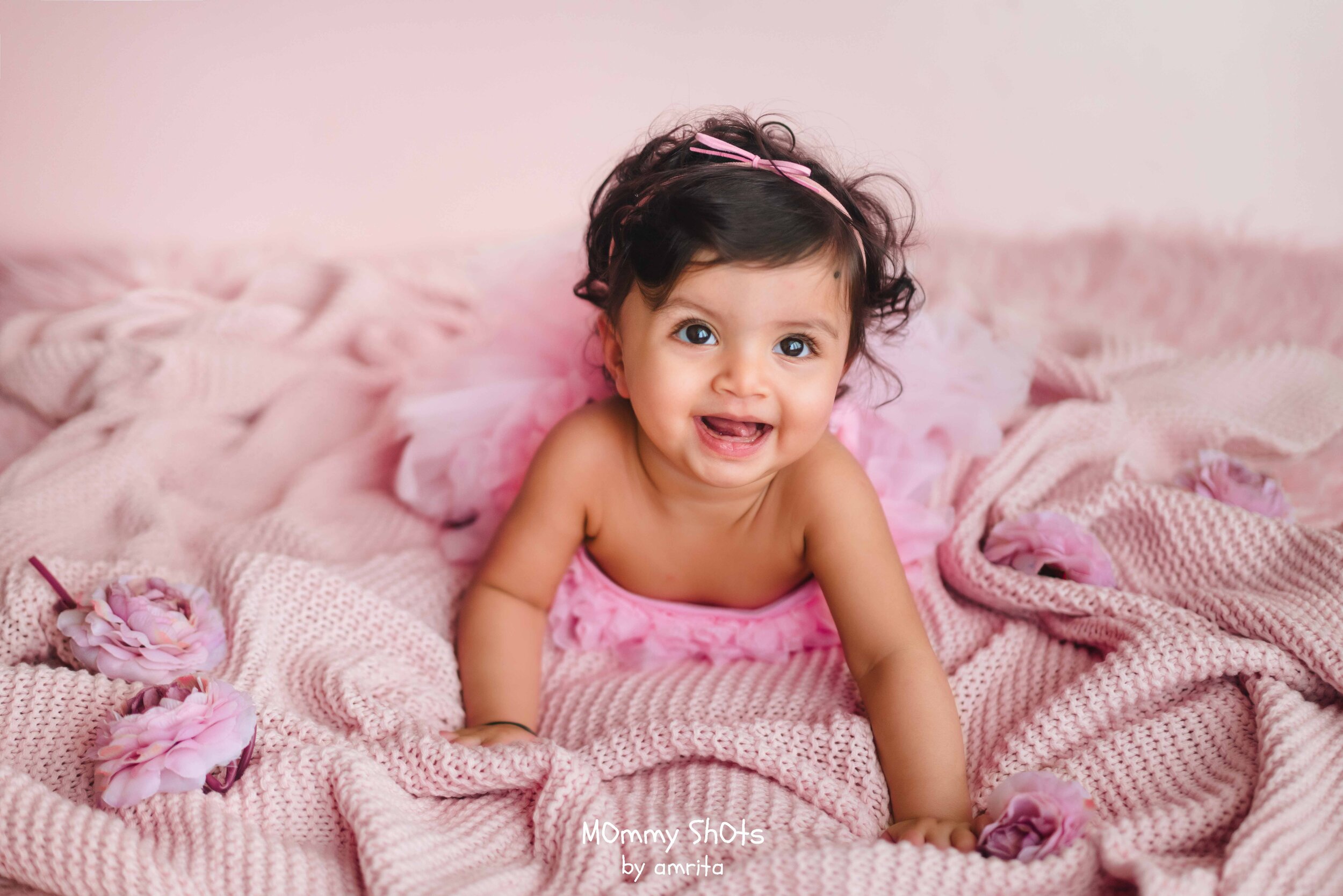
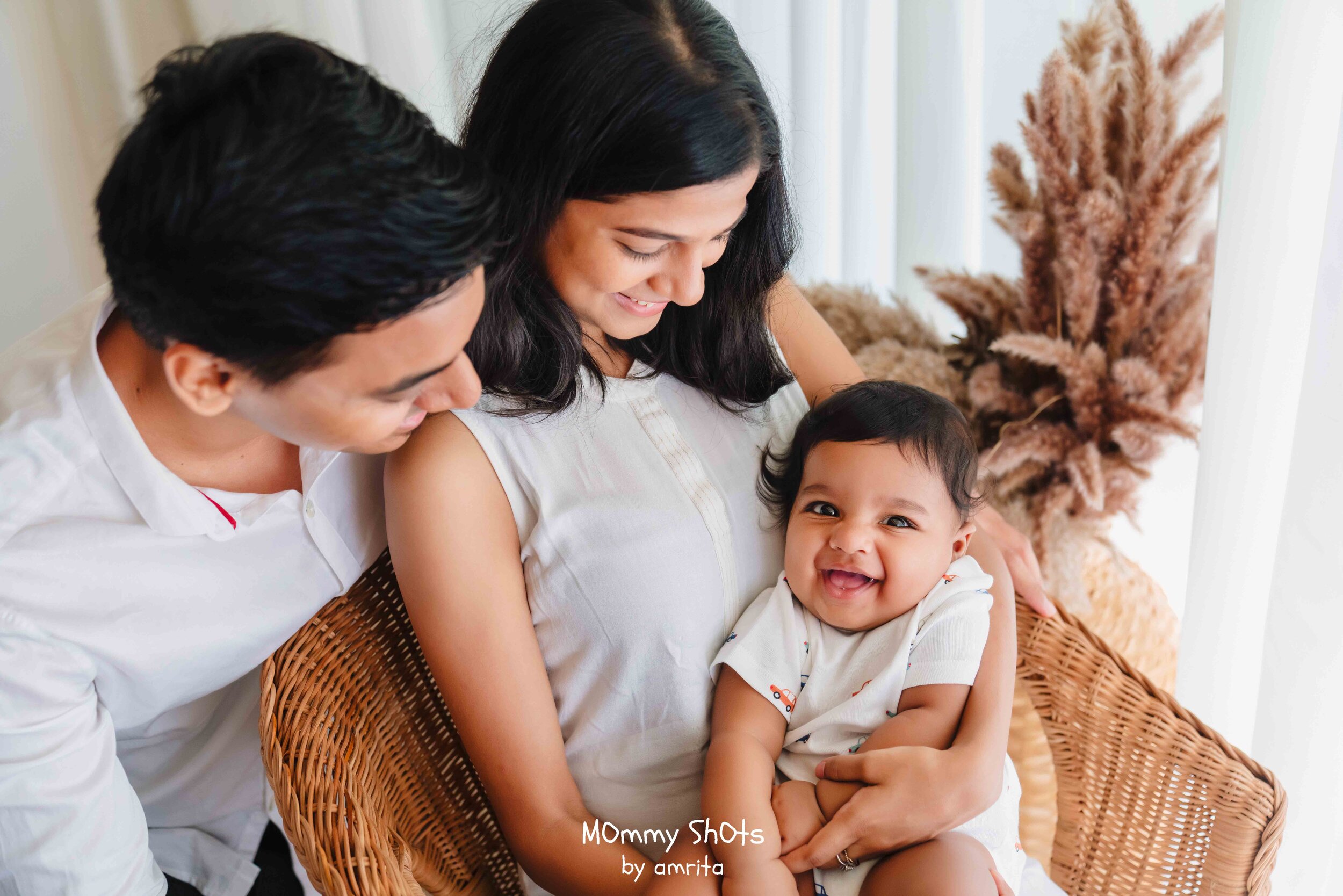

4) Layer with Purpose
Layering can be achieved by creatively placing elements in the foreground, middle ground, and background. Layer helps to convey order, importance, aesthetic sense and essentially helps to create variety.
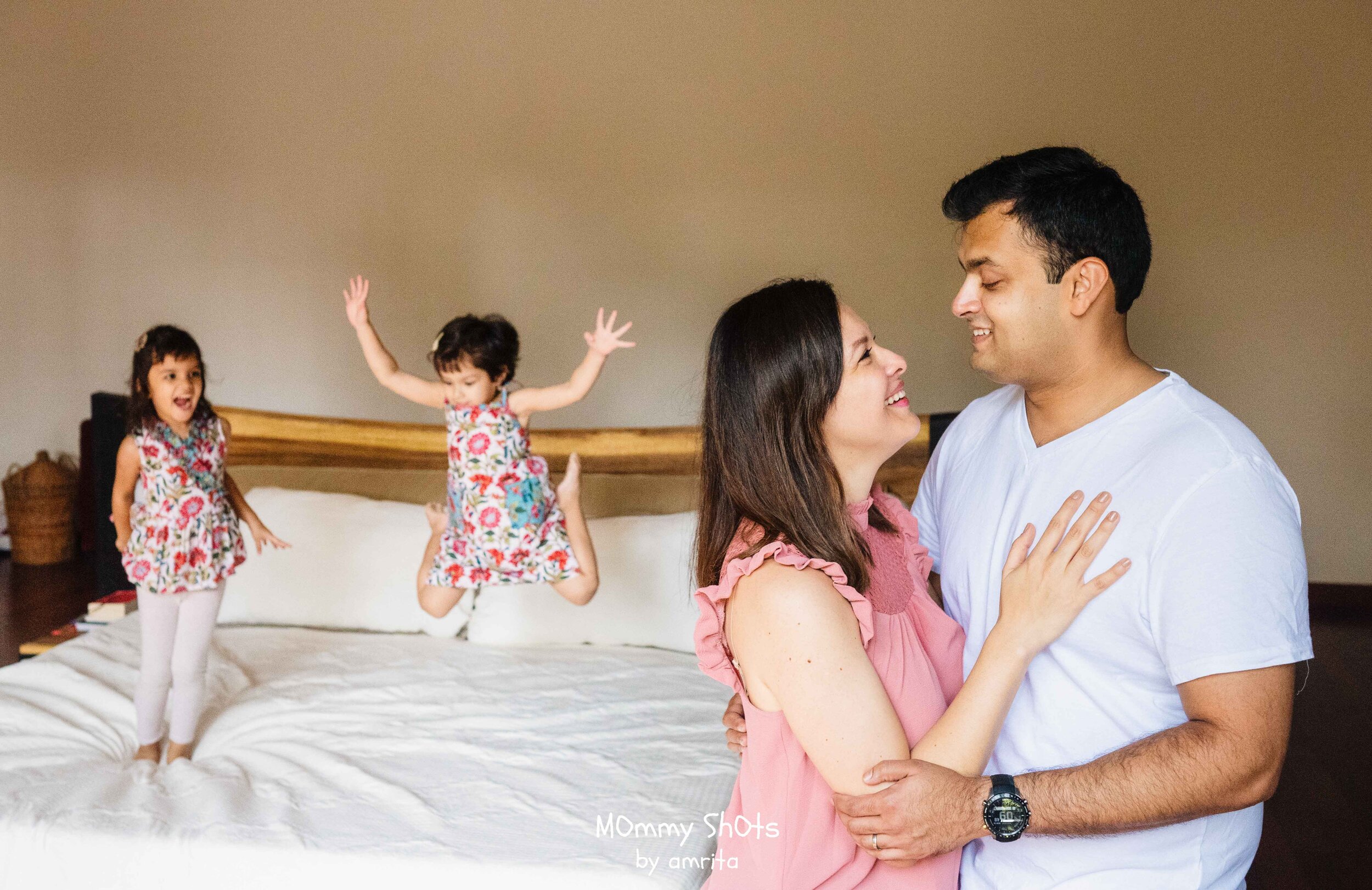

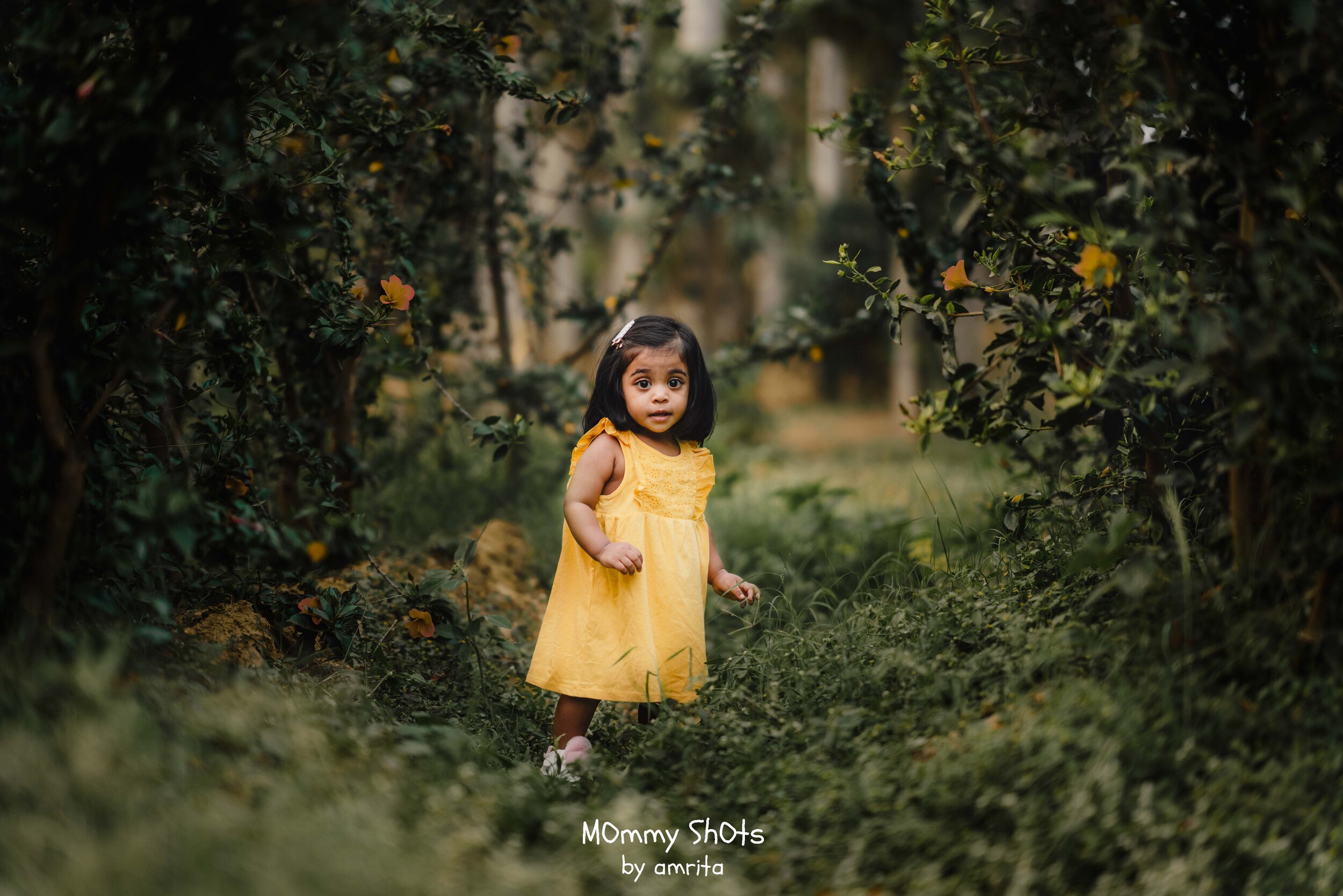
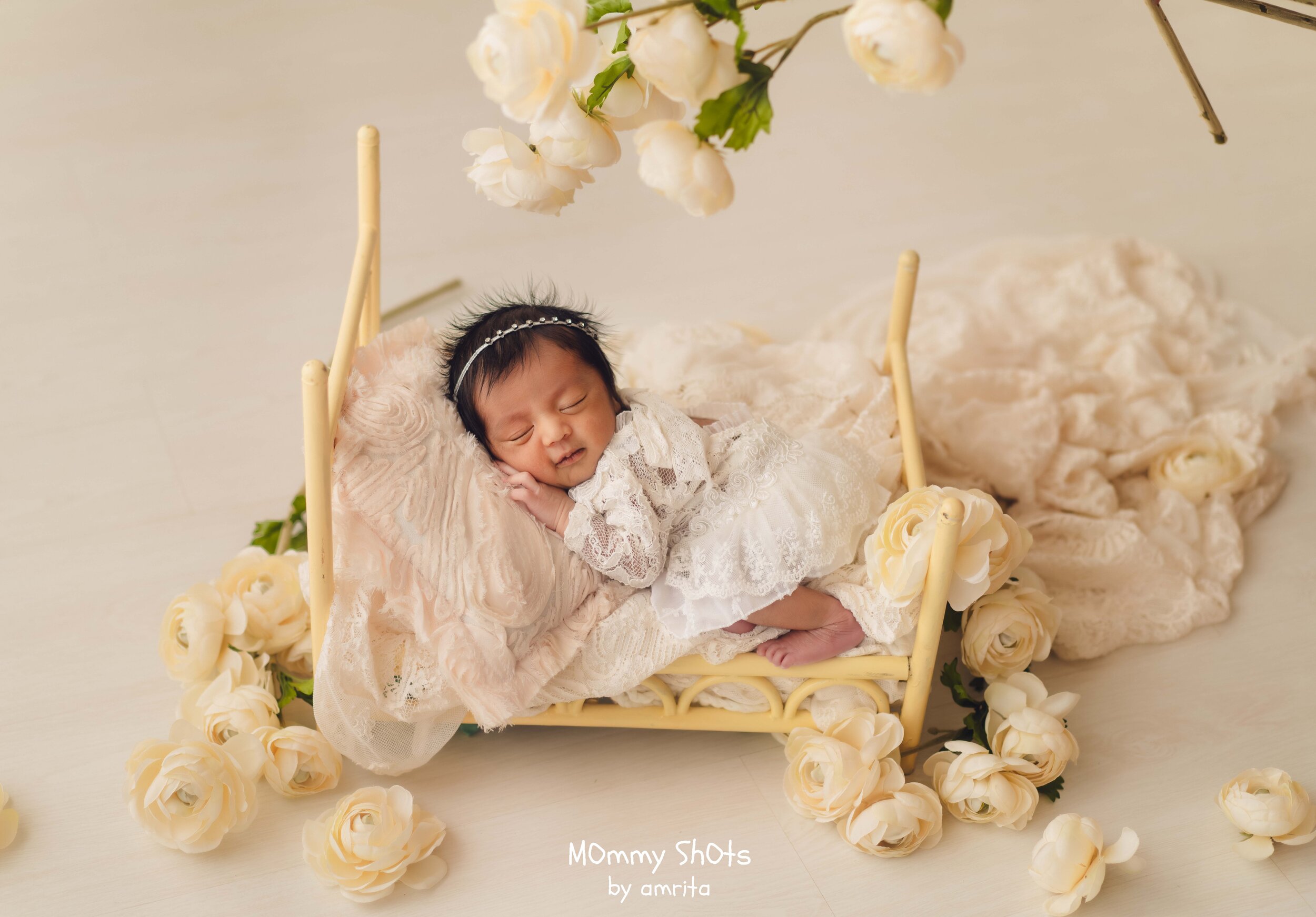
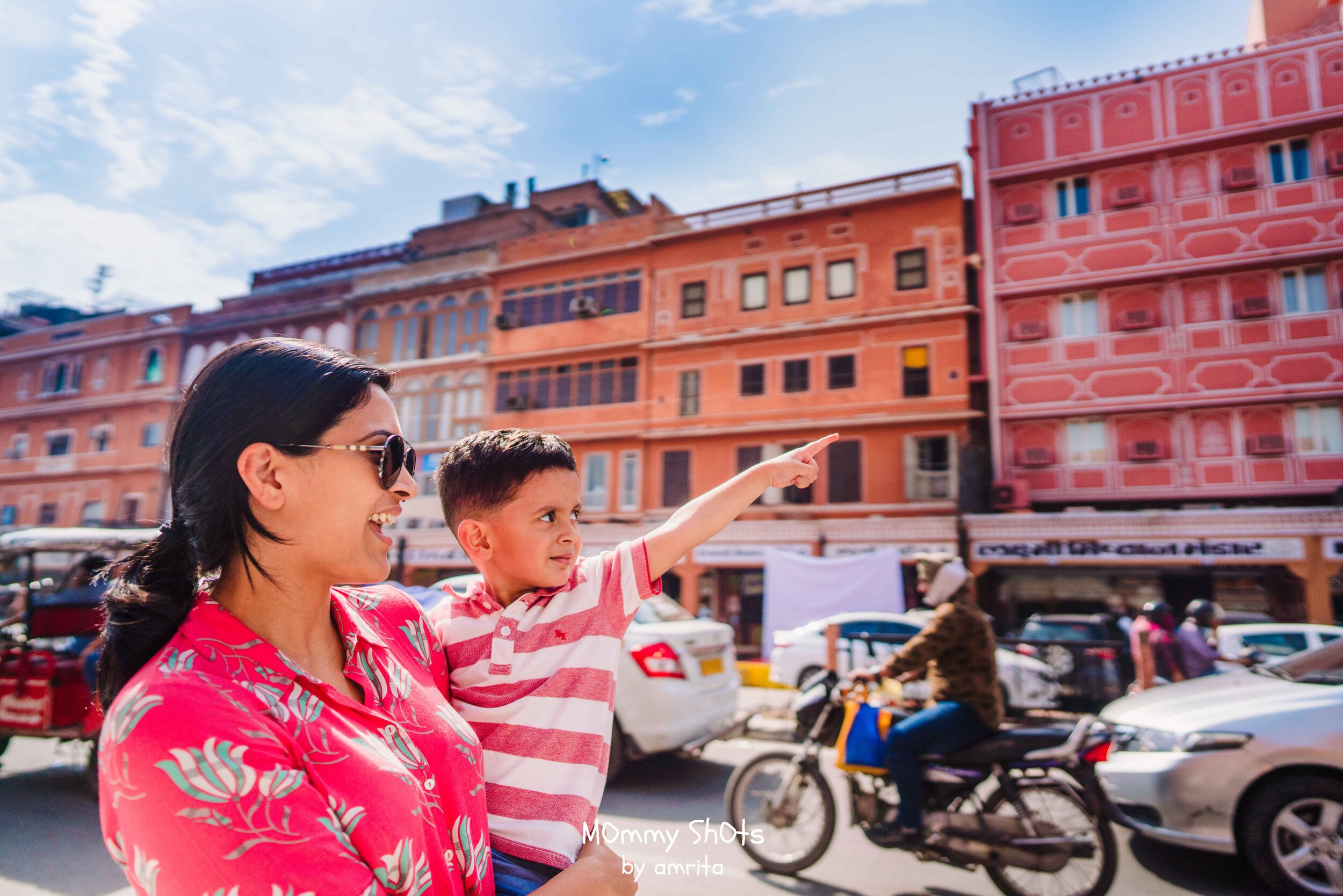
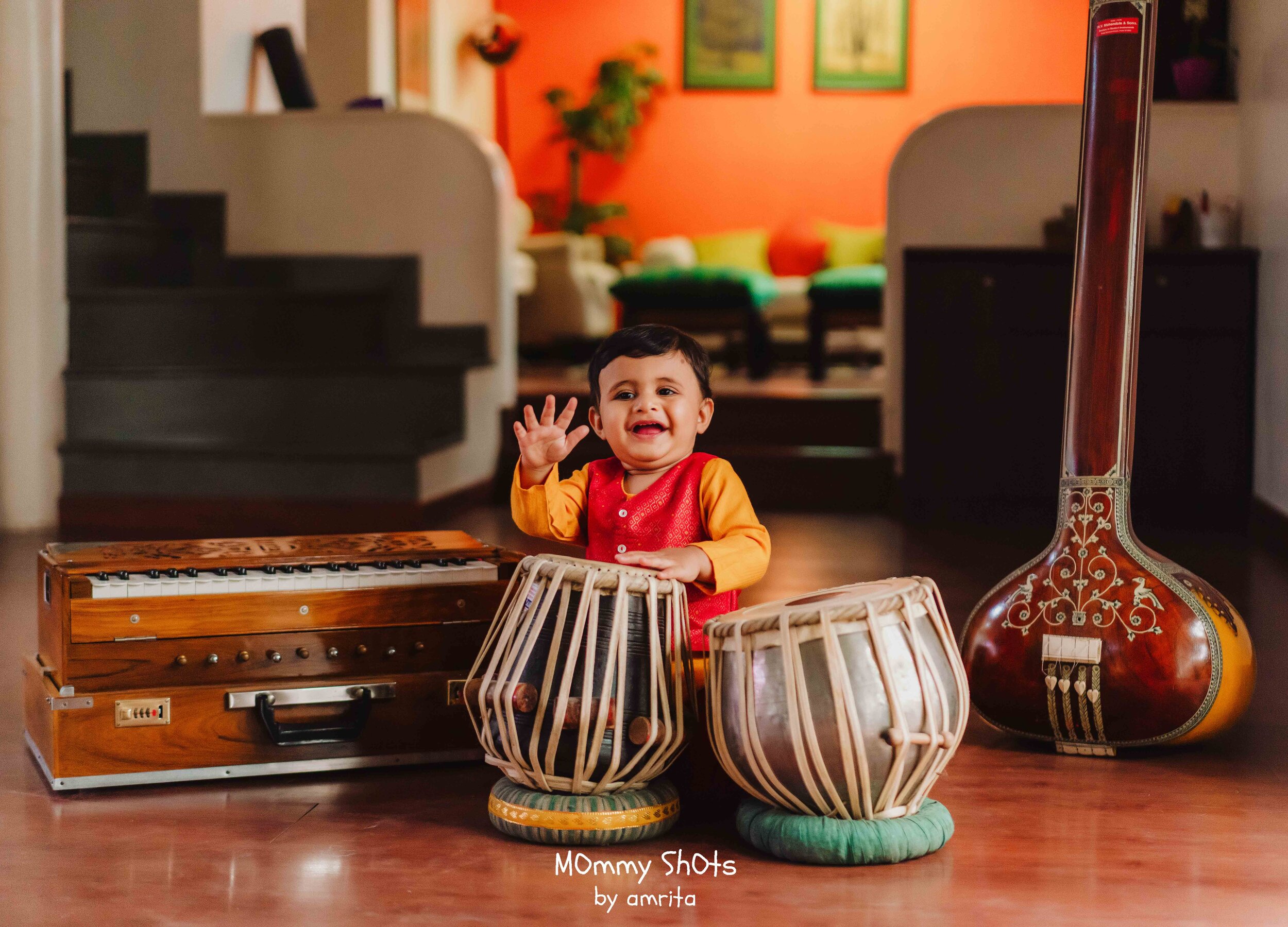
5) Light makes photography
I love how George Eastman described light, “ Light makes photography. Embrace light. Admire it. Love it. But above all, know light. Know it for all you are worth, and you will know the key to photography.” Light has the power to evoke so many emotions and bring our attention to a specific part of a photo. Use it to your advantage and it’s the best tool you have for storytelling.

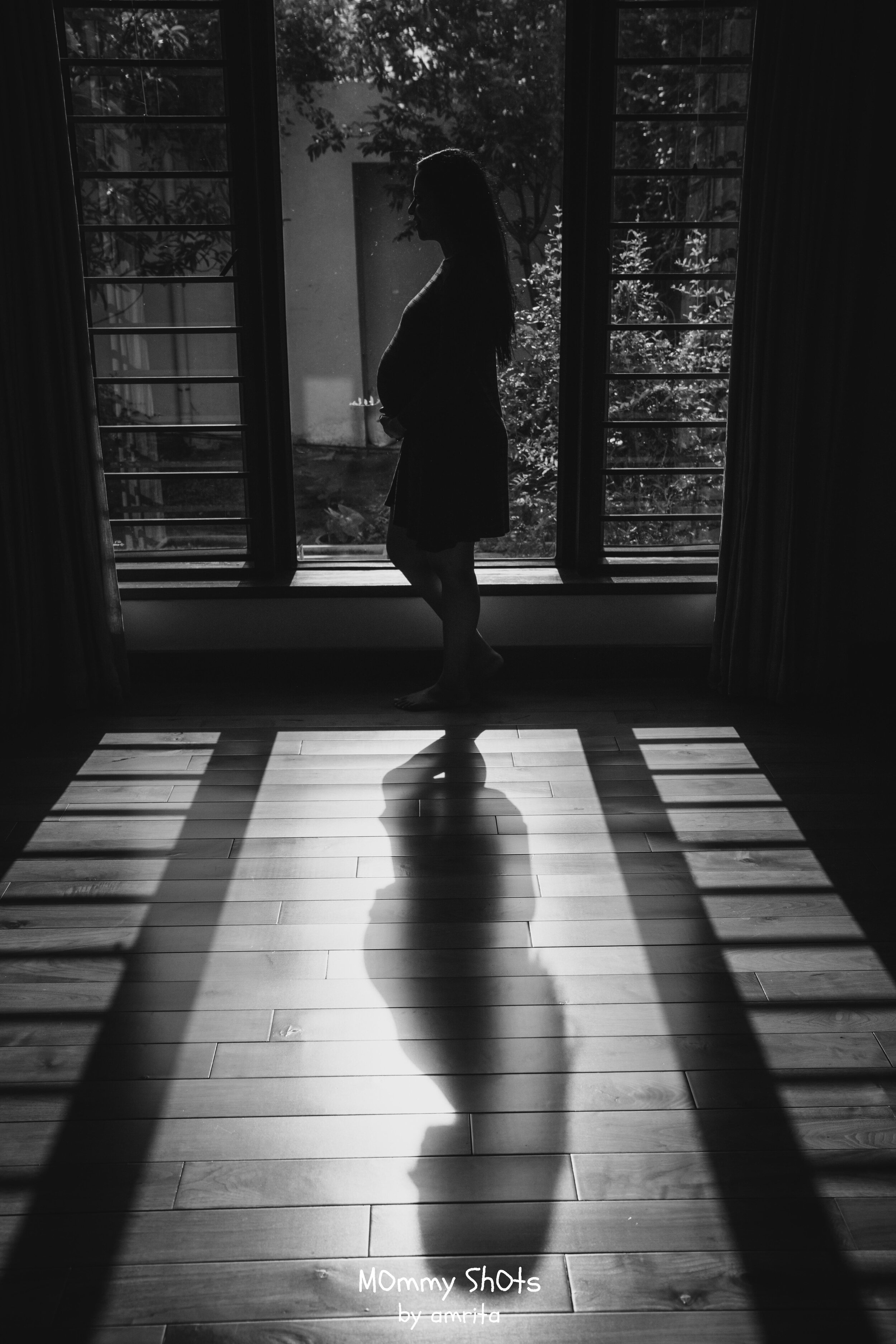
Hope these tips will help you in telling a better story, through your pictures! Till then keep creating!